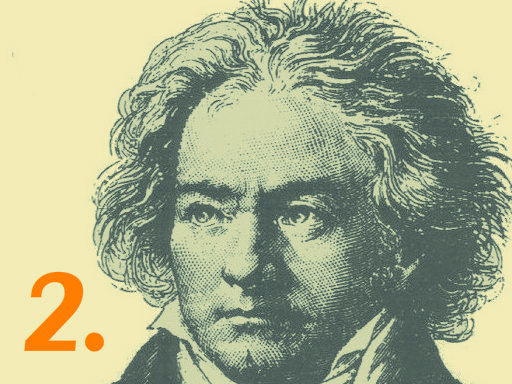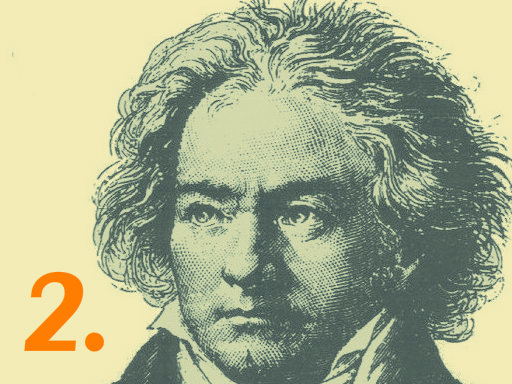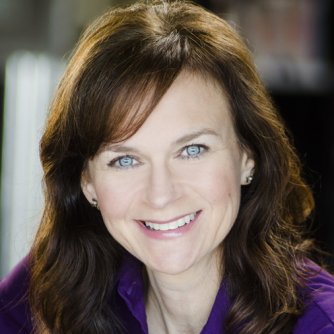

The Beethoven 9 as we explore the world of Beethoven through the lens of his symphonies with renowned classical biographer Jan Swafford.
Each month is dedicated to a different symphony. Each week you’ll hear a different interpretation from a world-class orchestra.
Beethoven said, “From now on I’m going to take a new path.”
On the heels of uttering this to a friend, Beethoven composed his second symphony. Actually, he was about to change music forever. It seems he suspected as much.
He realized his deafness was getting worse, not better. The music that sustained him, that was the fabric of his being and expression, was fading away. He kept it quiet for as long as he could. Fate has rarely seemed more cruel.
Then Beethoven did the extraordinary. He journeyed deep inside his soul to do what many of us are too scared to do. He faced his frailties head-on.
We all have that vulnerable side, to one degree or another, that we’re petrified people will discover. Many attempt to ignore it. Some build walls of fictitious strength. Others choose escape, of which Beethoven nearly chose the most drastic form -- to take his life.
He spent the summer of 1802 in the village of Heiligenstadt, on the outskirts of Vienna, where he spent his days considering his options while composing his second symphony. He wrote a letter to his brother that he never sent, discovered after his death. It documents his decision to “seize fate by the throat.”
“...it was only my art that held me back. It seemed to me impossible to leave the world until I had brought forth all that I felt was within me. … patience, they say, is what I must now choose for my guide, and I have done so.”
-- Heiligenstadt Testament, 1802
This was the pivot point for Beethoven. For all of Western music and the change of an era -- from the classical traditions of Haydn and Mozart to a new world of uncharted territory.
Visual artists and writers of the late 18th century, particularly British and French, planted the seeds for what would eventually be named Romanticism. It was marked by exposing human frailties. Anguish. Longing. Epic, restless expression. But also heroic victory over darkness and aching despair.
The archetype of this Romantic hero? Beethoven.
His first grand expression was to come in his “Heroic” Symphony No. 3: the Eroica.









